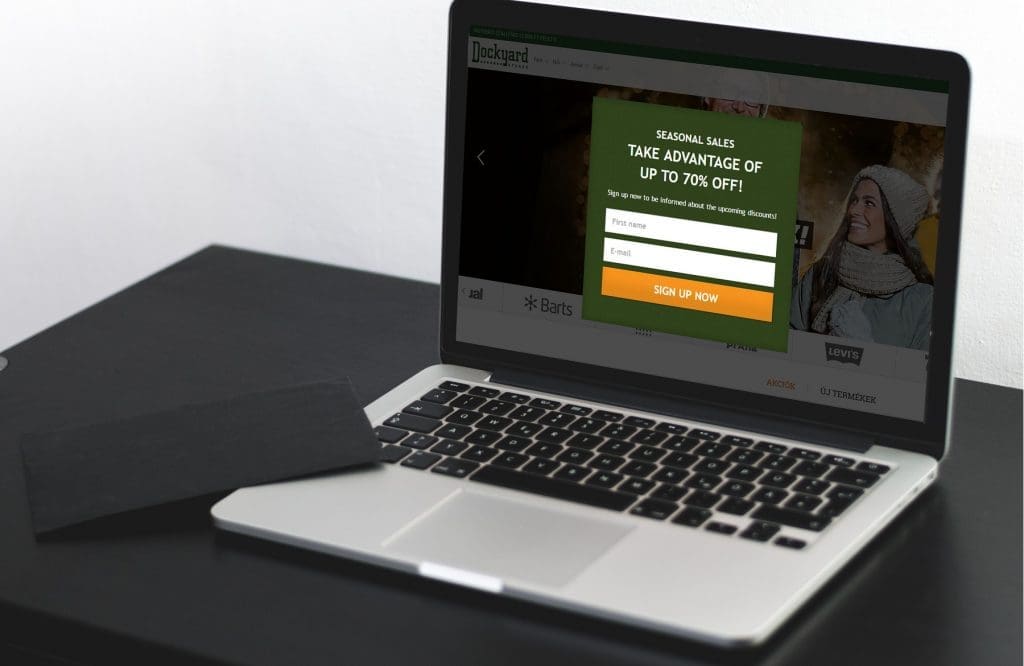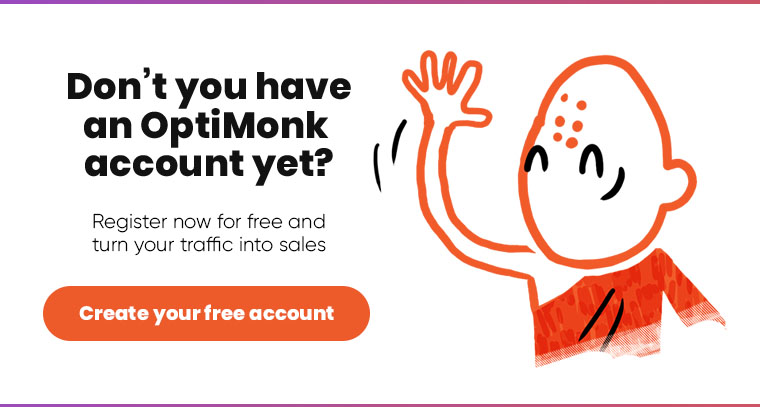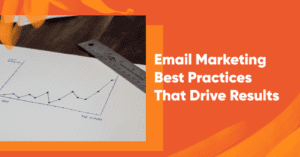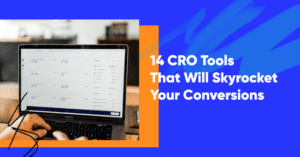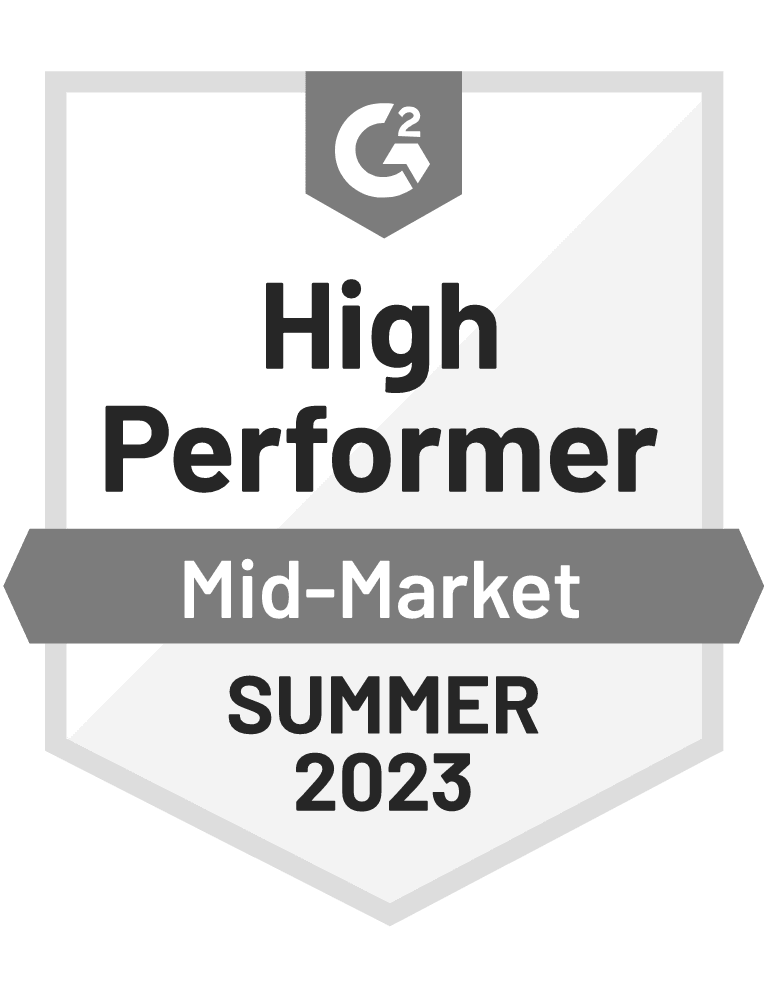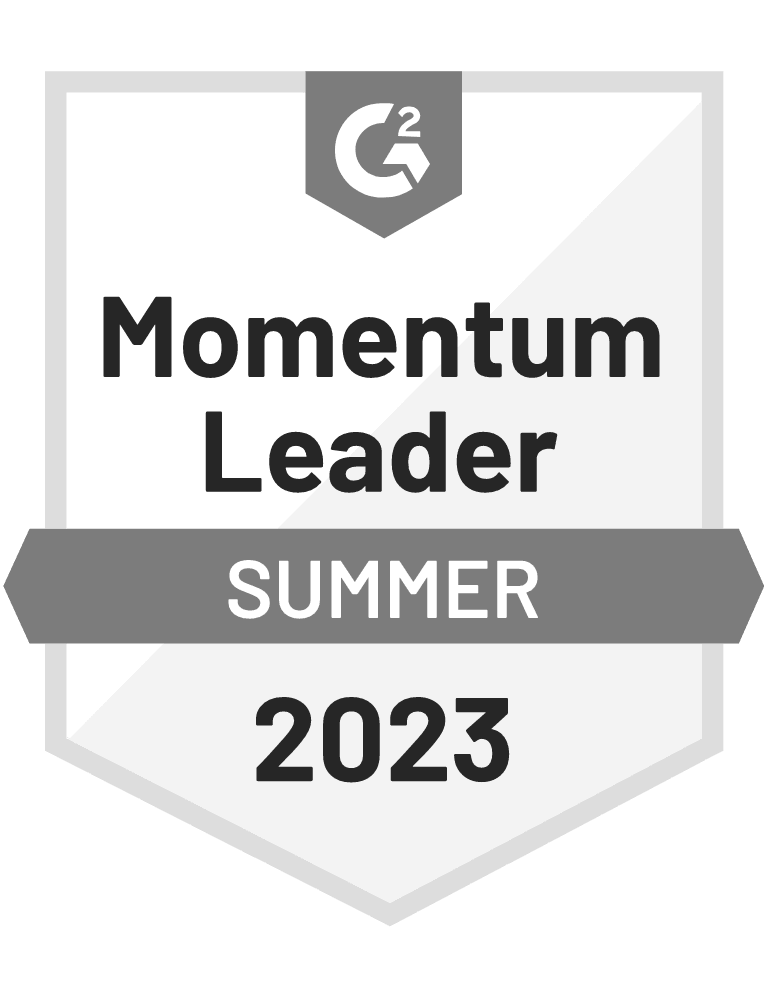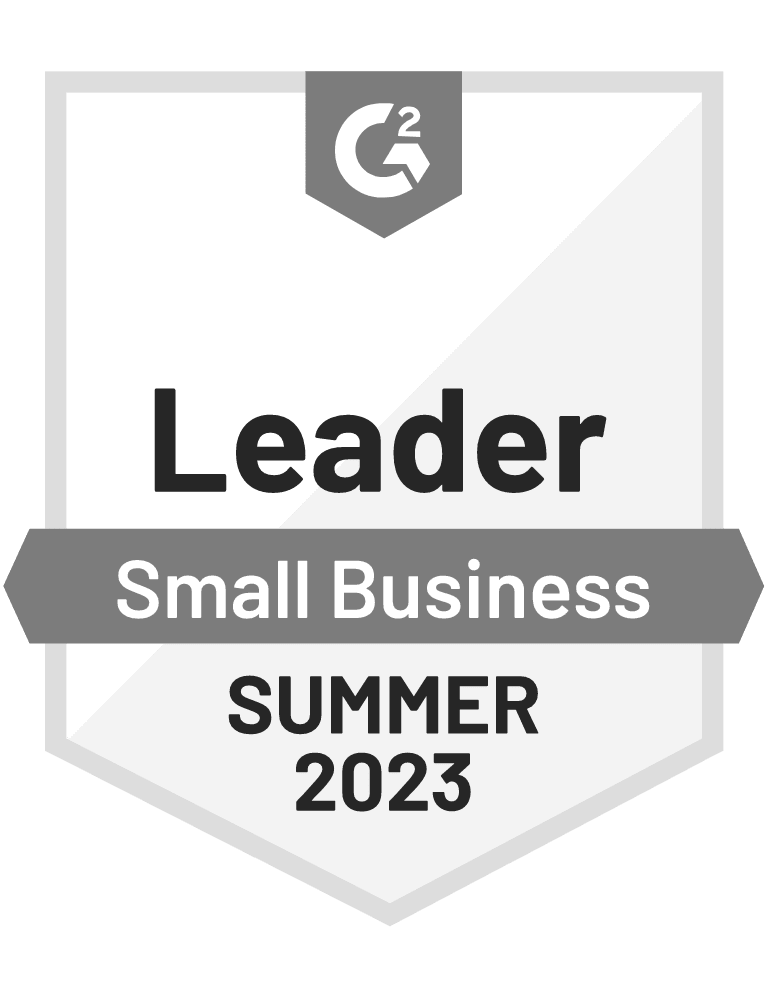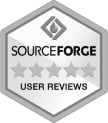Focusing only on generating more traffic to your site is not enough to reach the desired outcome: an increase in revenue.
Driving traffic is considered one of the hardest tasks for ecommerce site owners. But the second most time-consuming and resource-intensive task is to build trust with visitors—as most are not likely to make a purchase the first time they visit your site.
Popups can help you capture visitors who don’t make an immediate purchase and build an email list that you can use to build engagement with these potential customers.
In this case study, we’ll show you step-by-step how an ecommerce store increased its number of leads by more than 1,200 in just 90 days.
+1,200
new leads
+12%
returning visitors
+9400%
monthly ROI
Meet Dockyard
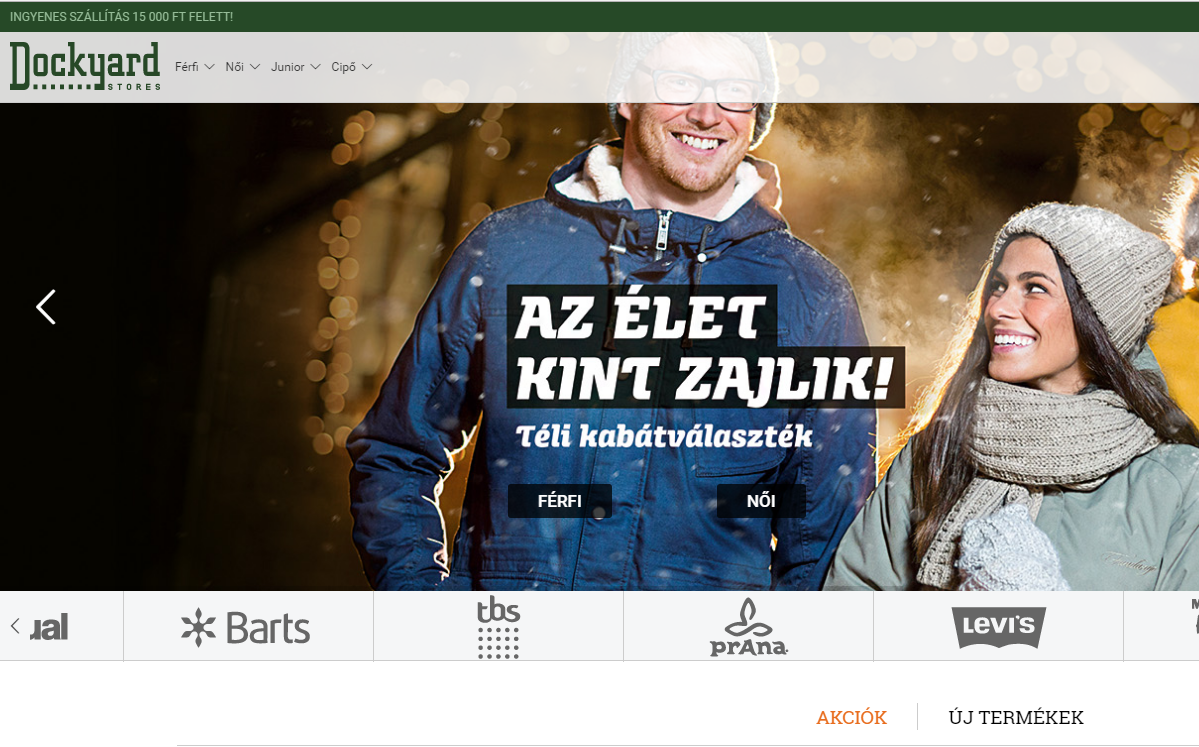
Dockyard.hu is an online store in Hungary that sells a wide variety of brand clothing and apparel for men and women.
The store is famous for the outstanding quality of its products and also special attention to their customers’ needs.
In addition to running a very successful ecommerce store, they also have physical stores all throughout Hungary.
One of the marketing strategies of Dockyard is to offer special incentives that convince first-time visitors to purchase immediately. However, due to the seasonal nature of their product line, they can’t always rely on immediate sales for revenue.
Therefore, outside of their seasonal sales, Dockyard’s goals are to build a stable database of subscribers and convert them into buyers later on.
Challenges
Although Dockyard is famous for selling casual men’s and women’s clothing, they mainly concentrate on seasonal clothing suitable for Winter and Summer. Therefore, the peak of their sales usually occurs during the same time periods.
As a result, during the rest of the year, their ecommerce conversion rate can drop below 1%. The reason for this drop in sales was that people would visit their online store, browse through the site, gather information about products for the future, and then simply leave.
They needed to find a solution to increase their sales or account for the lost sales by boosting sales during their peak time period.
In other words, their goal was to build trust with people who visited their site outside of peak time periods by signing them up for their email list and sending them worthwhile content. Then, when the proper time arrives, it’s easier to convert these visitors into customers with a discount or special offer.
Many ecommerce sites that sell seasonal products face a similar challenge. Some sites simply focus on increasing conversions for visitors during peak time periods.
However, why not offer visitors outside of those time periods a reason to return to the site again?
For this exact reason, Dockyard decided to take advantage of popups.
Now, let’s see how they put their solution to work.
Solution
There are many ways to attract visitors and convince them to purchase immediately: offer incentives, discounts, free shipping, and more. However, what if there are no discounts which are available at the time and the next sale is some time in the future?
In this case, the best solution is to inform visitors about seasonal sales so that they can sign up for your email list and receive a notification when the time arrives.
Boosting their email subscription rate to increase sales in the future
Here’s what Dockyard did:
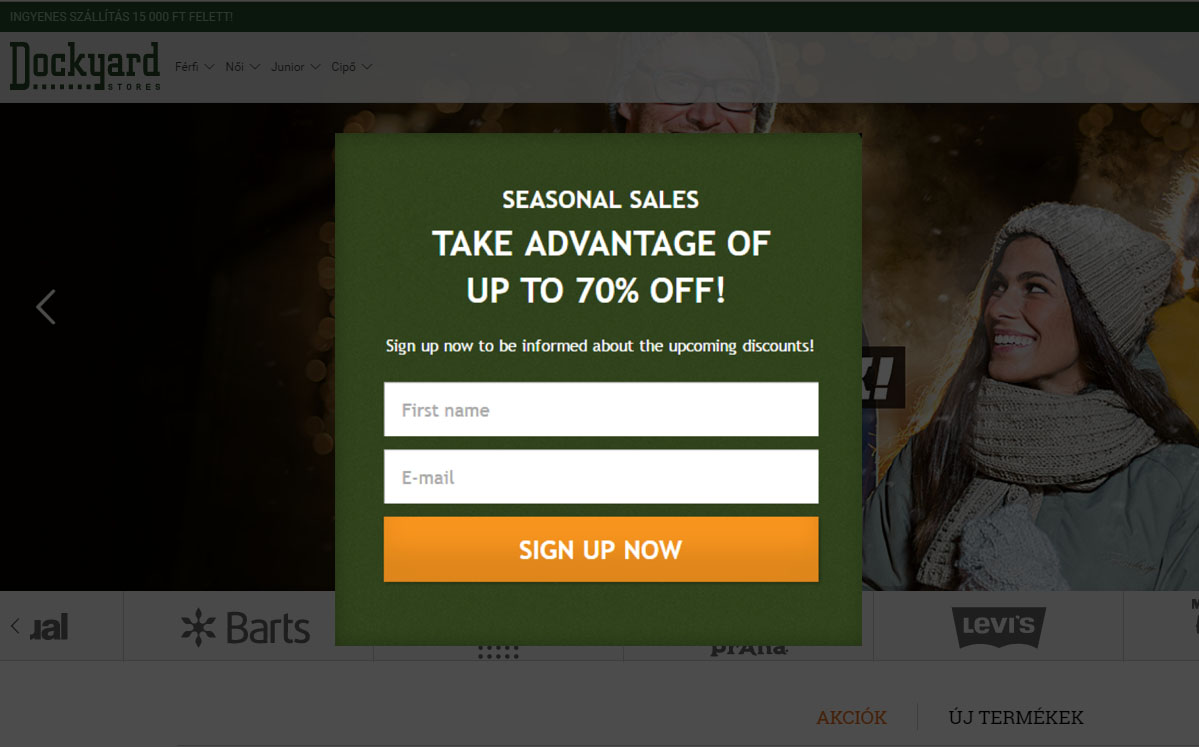
As most of the visitors outside of the peak periods were not looking to buy something immediately—but were gathering information for the future—many of them signed up for the offer.
Dockyard then provided worthwhile content in their emails, building trust with their subscribers, and convincing many of them to return and make a purchase.
Targeting options
The goal of popups is to display your offer only when needed. Most importantly, it shouldn’t prevent your visitors from browsing your site.
Therefore, Dockyard displayed their offer in a popup that was only shown to visitors who had spent some time on their site before leaving.
Let’s take a look at the settings they used to ensure their offers were displayed based on engagement and didn’t interrupt or annoy their visitors.
When it comes to building your email list, the best time to display your message is on exit-intent. The reason is that while visitors are still browsing and engaged, they may overlook the next steps or don’t connect with your initial offer. However, once they are leaving your site after they find nothing further to browse, this is the best time to show your offer:

Dockyard displayed their offer in a popup that displayed up to two times for each visitor. This gives visitors who skipped the offer the first time a second chance to subscribe, without overwhelming visitors who were simply not interested.
Moreover, to make sure their popup displayed only to those visitors who were engaged on their site, Dockyard displayed their offer only after someone had opened at least 3 pages on their site before leaving.
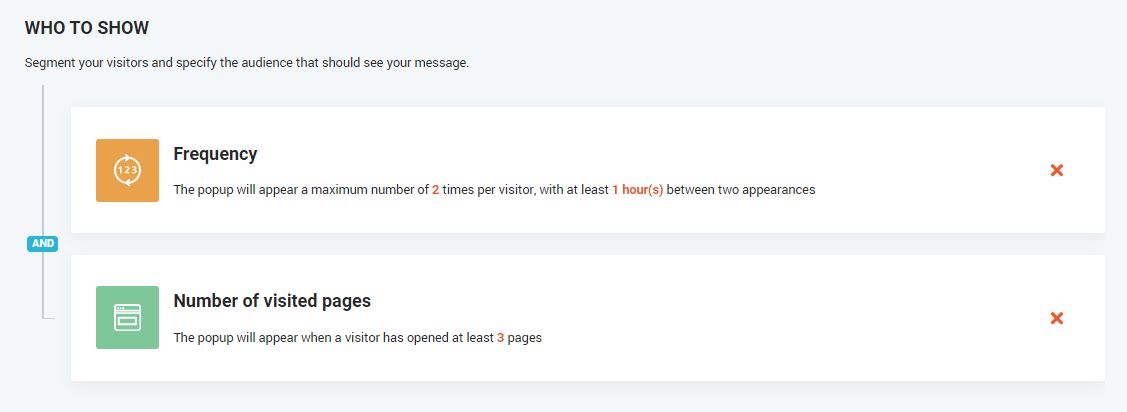
To monitor the performance of their campaign, all the statistics were forwarded to their Google Analytics account:

Using this Google Analytics integration allowed Dockyard to measure their campaign and also go a step further, measuring the revenue they gained from the campaign which is especially important for ecommerce stores that are optimizing their marketing campaigns.
Summary
Taking into consideration that the campaign ran for only 90 days, Dockyard achieved incredible results, boosting their email list with 1,200 quality leads.
Looking beyond converting immediate traffic, their strategy worked, and the number of returning visitors who purchased increased significantly along with their revenue. All due to on-site messages.
(Note: Would you like to see similar results on your site? Click here and create a free OptiMonk account now. Stop losing customers today!)
